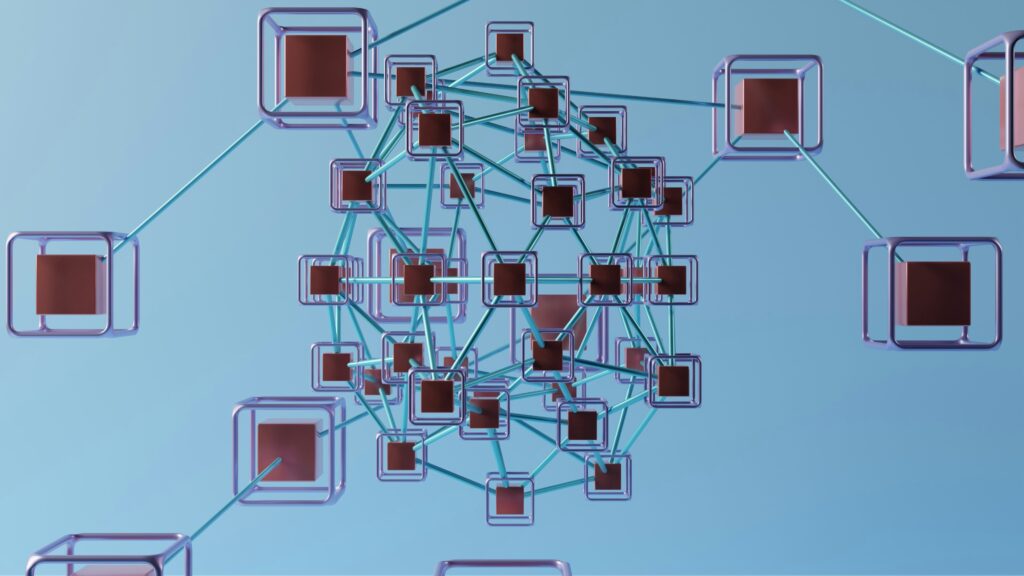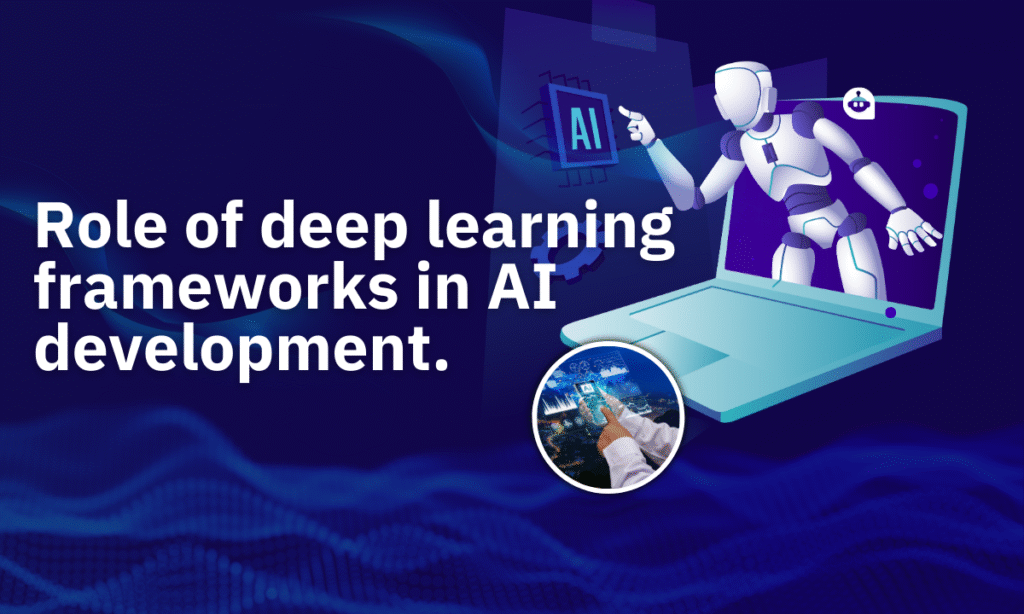Roadmap Machine Learning is disrupting different industries worldwide, and it can feel a little daunting to get started with no apparent path. This is where a good roadmap comes in handy. This guide will take you through the must-have skills and stages to learn machine learning-from the basics of mathematics and programming all the way to deploying real-world models. Whether a beginner or switching careers, this roadmap will help in structuring one’s thought processes and confidence to commence with ML.
.As you move forward, choosing the right tools is key. Two of the most widely used machine learning frameworks today are TensorFlow and PyTorch. Both are powerful. Open-source libraries that support deep learning and AI development at scale. Understanding how to use them effectively not only boosts your practical skills but also makes you job-ready in a competitive tech landscape.
Table of Contents
ToggleRoadmap Machine Learning
Humans can now leverage computing power to help solve difficult problems. Scientists can differentiate images, solve complex mathematics, determine trends, perform voice recognition etc. How are these possible? Deep learning made the above processes possible. Deep learning involves writing algorithms that mimic human brain functioning with the goal being to simulate the complex decision-making power of the human brain to solve problems. This article borders on explaining deep learning frameworks and what makes them unique.
Overview of Deep Learning Frameworks.

Deep learning frameworks are the building blocks for designing, building and training deep neural networks through a high-level programming interface. Deep learning frameworks serve as a blueprint for building deep learning algorithms.
Key features of an effective framework.
For a deep learning framework to be effective, it should have the following:
- Easy-of-use: it should have a very relatable user interface for easy interaction.
- Scalability: one should easily scale up or down on large data models depending on job requirements.
- Interoperability: should be able to exchange and make use of information from diverse sources.
- Strong Community and Ecosystem support: Most frameworks like TensorFlow are open source, thus giving room for anyone anywhere to contribute to the project. This encourages innovation and knowledge-sharing.
Role of deep learning frameworks in AI development.

Deep learning frameworks play crucial roles in AI development. Some of the benefits are outlined below:
- Simplicity: Deep learning frameworks help compress complex mathematical equations into forms that developers can easily work with during modeling.
- Scalability: Deep learning frameworks help optimize the performance of models, making large-scale computing feasible.
- Experimentation and testing: Deep learning frameworks serve as a sandbox for testing models before deployment to the real world.
Types of deep learning frameworks
- TensorFlow.
TensorFlow is a computational library developed by Google and is used to model machine and deep learning algorithms. Google developed TensorFlow to address its need to build more flexible and efficient machine–learning models.
- Strengths.
Scalable, best suited for production environment, TensorFlow Serving & TensorFlow Lite, works across multiple platforms, wide industry adoption
- Weaknesses.
Steep learning curve, verbose syntax, less intuitive debugging, takes up large memory space while running.
PyTorch.
Facebook’s PyTorch is an open-source deep learning framework that was released in 2016. Facebook built PyTorch to bring to the market, a product that integrates with Python since the other deep learning tools then do not support Python integration.
- Strengths
Its dynamic computation graph does not need to be defined before running the model. It is easier to use and has strong community support. PyTorch has proved to be more useful in a research setting than in a production environment. More debugging intuitive when compared to Tensorflow.
- Weaknesses:
Relatively new in production environments, weaker mobile and edge support, less optimized for Tensor Processing Units(TPU) when compared to TensorFlow.
OTHER DEEP LEARNING FRAMEWORKS
- Deep Java Library.
This is an open-source deep learning framework developed for the Java programming language. It is designed for use by Java developers and is backed by big firms like Amazon.
- Keras.
Originally developed by François Chollet, Keras is an open-source deep learning framework that provides a user-friendly API for training neural networks. Keras is flexible because it works well with JAX, TensorFlow and PyTorch. Keras is user friendly and is used for fast prototyping.
- OPENVINO.
This is another open-source software that allows optimization and deployment of deep learning models. The major difference between Openvino and TensorFlow is that while TensorFlow has a comprehensive package for building, training and deploying machine learning models, Openvino focuses on the optimization of already trained models.
- JAX.
Jax is another high-performance deep-learning framework. Built by Google and Nvidia, it integrates a higher number of libraries like Neural network libraries( Haiku, Flax, Equinox), Optimization libraries (Optax, Optimistix), Reinforced Learning Libraries (Rlax, Coax) and many more.
- CNTK.
This is a deep learning framework developed by Microsoft but unfortunately no longer in use. The reason for the deprecation is because of the demands of the highly evolving deep learning ecosystem. CNTK’s API was not beginner-friendly and it does not integrate with a wide range of deep learning libraries. The user base is not larger prompting Microsoft to channel the high maintenance cost to support collaboration with the broader community rather than compete in a crowded space.
Key Comparison Metrics.
The key comparison metrics are scalability, flexibility, ease of use and learning, production readiness and deployment options, community adoption, interoperability, support for wider deep learning libraries, etc. For example, TensorFlow (at the time), required you to define a static computation graph, and PyTorch lets you build and modify the graph on the fly. This makes debugging and experimenting with new architectures much easier.
Choosing the Right Framework.
When selecting the most suitable framework for your project, start by assessing your specific requirements. Next, evaluate how easy the framework is to use, its long-term sustainability, and backing from major companies like Meta or Google. It’s also important to factor in the framework’s compatibility with other systems, adaptability, capacity to scale, and overall community support.
Conclusion
Currently, TensorFlow is best suitable for projects in a production environment, PyTorch, on the other hand, dominates research and JAX pushes the boundaries of performance and experimental research. In the future, the frameworks discussed here will be developed to surpass most of their limitations, hence the need for developers to continually strive to stay familiar with the developments as they evolve. Finally, the choice of a deep learning framework determines the project’s success.




